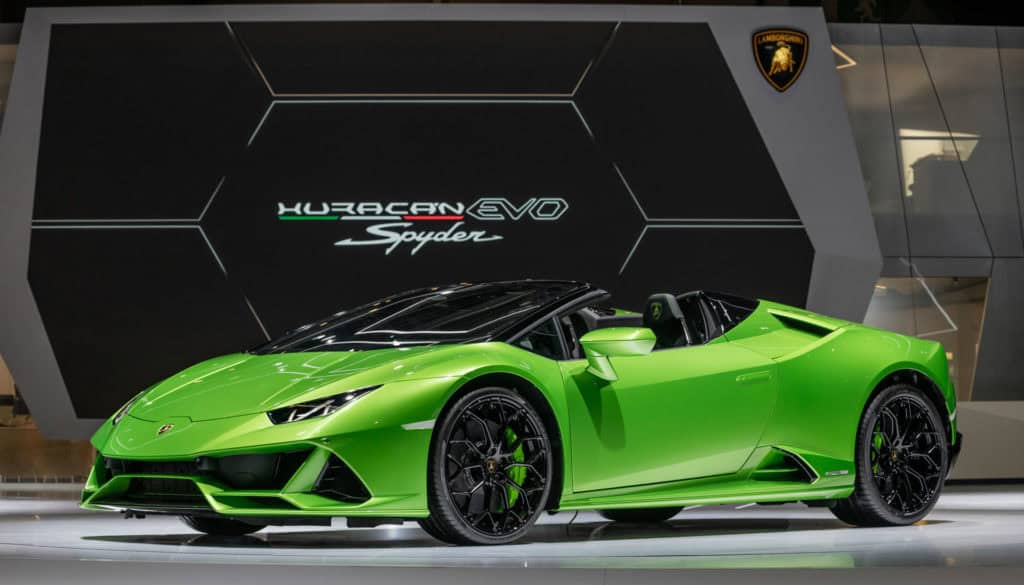
Calculating so you don’t careen off the road.
Over the past few decades, technology has made vehicles safer and easier to drive. Anti-lock brakes, traction control, torque vectoring and other bits of tech keep cars on the road instead of flying into a ditch when things get hairy. It’s why newer cars typically handle corners better than older cars.
At Lamborghini, they’ve taken things further with their new Lamborghini Dinamica Veicolo Integrata or LDVI system. The Engine Control Unit (ECU) takes data from the entire car and uses it to adjust how the new Huracán EVO Spyder drives in real time (actually in less than 20 milliseconds. But that’s about as close as you can get to real time). Cars have been doing some form of this for a while but the Italian automaker needs to be able to do this at incredible speeds and in environments your typical sedan or SUV doesn’t encounter.
With this technology, Lamborghini is able to take the raw power of an all-wheel-drive supercar with a V10 engine and 630 horsepower and tame it, just enough, so your average driver (who can shell out $287,400) can enjoy themselves behind the wheel of the all-wheel-steering vehicle without, you know, flying into a ditch.
To achieve this, the LVDI is actually a super fast central processing unit that takes in data about the road surface, the car’s setup, the tires and how the driver is driving the vehicle. It then uses that info to control various aspects of the Huracan.
The system works in concert with the Lamborghini Piattaforma Inerziale (LPI) version 2.0 hardware sensors. This system uses gyroscopes and accelerometers located at the car’s center of gravity. It measures the vehicle’s movements and shares that data with the LVDI computer.


